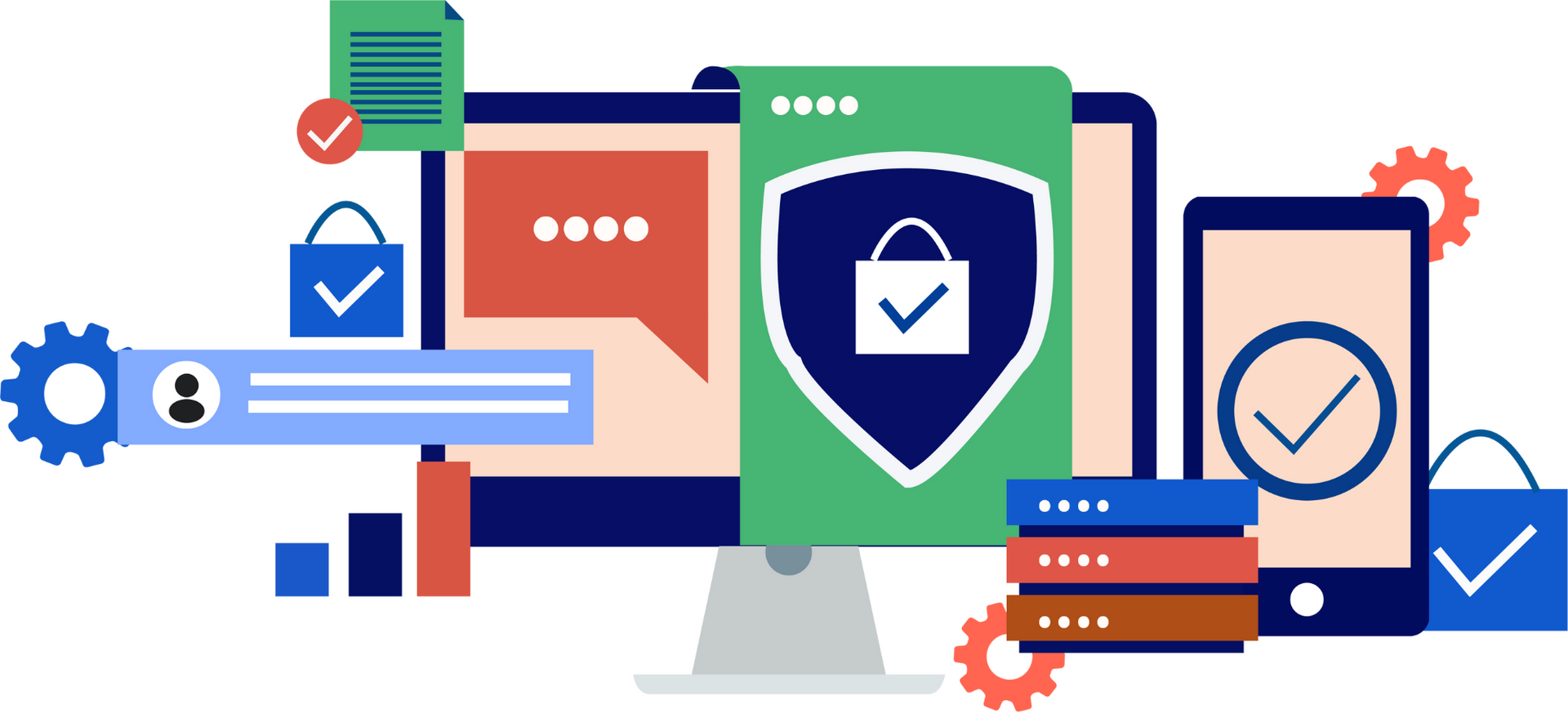Safeguarding Your Small Business: Cybersecurity Best Practices
We all hear the news of data breaches and cyber attacks involving huge, well-known companies. It sometimes seems a new one pops up every week. But in reality, small and medium-size businesses are far more likely to fall victim to cyber security issues. The startling fact is that almost half of all cyber attacks affect small businesses.
According to one study, 43% of all cyber attacks target small businesses.
Unfortunately, only about 14% of small businesses are prepared to adequately deal with a cyber attack. As a small or medium-sized business owner, it’s crucial to understand the importance of cybersecurity and take proactive steps to protect your customer data, trade secrets, and digital infrastructure.

The Importance of Cybersecurity
Recognizing the potential consequences of a cyber attack is the first step in prioritizing cybersecurity. Breaches can result in reputational damage, financial loss, legal liabilities, and even the permanent closure of your business.
60% of small businesses that experience a cyber attack ultimately go out of business within six months.
Acknowledging the value of your customer data, trade secrets, and digital assets is critical when planning and implementing effective cybersecurity measures.
Protecting Customer Data
Safeguarding customer data is paramount for businesses that handle sensitive information such as personal demographic details or payment information. Follow these best practices:
- Data Encryption: Encrypt sensitive data both at rest (stored on servers or devices) and in transit (being transmitted over networks).
- Secure Payment Systems: If you accept online payments, ensure that your payment systems comply with Payment Card Industry Data Security Standard (PCI DSS) requirements.
- Limited Access: Grant access to customer data only to authorized employees who truly need it for their roles.
- Regular Data Backups: Backup customer data regularly to protect against data loss from ransomware attacks or hardware failures.
Securing Digital Infrastructure
Your digital infrastructure encompasses your website, online payment systems, mobile apps, and other digital assets. Here's how you can protect them:
- Strong Passwords: Ensure that all accounts have unique, strong passwords and consider implementing multi-factor authentication for added security.
- Regular Software Updates: Keep all software, including content management systems, plugins, and apps, up to date to patch vulnerabilities.
- Secure Web Hosting: Choose a reputable web hosting provider that offers robust security features, such as firewall protection and regular backups.
- Website Security: Implement SSL/TLS certificates to secure data transmitted between your website and users' browsers. Regularly scan your website for vulnerabilities using tools like web application firewalls.

Employee Education and Awareness
Employees play a critical role in maintaining cybersecurity. (Human error accounts for about 52% of security breaches!) Educate your staff about common cyber threats and best practices:
- Phishing Awareness: Train employees to identify phishing emails, suspicious links, and deceptive messages.
- Password Hygiene: Promote the use of strong, unique passwords and discourage password sharing or writing them down.
- Social Engineering: Teach employees to be cautious about sharing sensitive information or credentials, both online and offline.
Partnering with Cybersecurity Experts
Consider engaging the services of cybersecurity professionals to perform vulnerability assessments, penetration testing, and provide tailored recommendations. They can help identify weaknesses in your systems and provide guidance on implementing robust security measures.
Act Now
Cybersecurity is not a luxury; it's a necessity for small and medium size businesses. Protecting your customer data, trade secrets, and digital infrastructure requires a proactive approach. By prioritizing cybersecurity, implementing best practices such as securing customer data, protecting digital assets, educating employees, and seeking professional guidance, you can fortify your business against cyber threats.
Take action today to safeguard your business's future. Assess your current security posture, identify vulnerabilities, and implement the necessary measures to protect your business and customer data. Remember, cyber threats are constantly evolving, so ongoing vigilance and continuous improvement are key to staying ahead in the cybersecurity landscape.
Get the Latest Content in Your Inbox
Want to be the first to know about new content? Sign up to get our weekly blog posts sent to your email!





